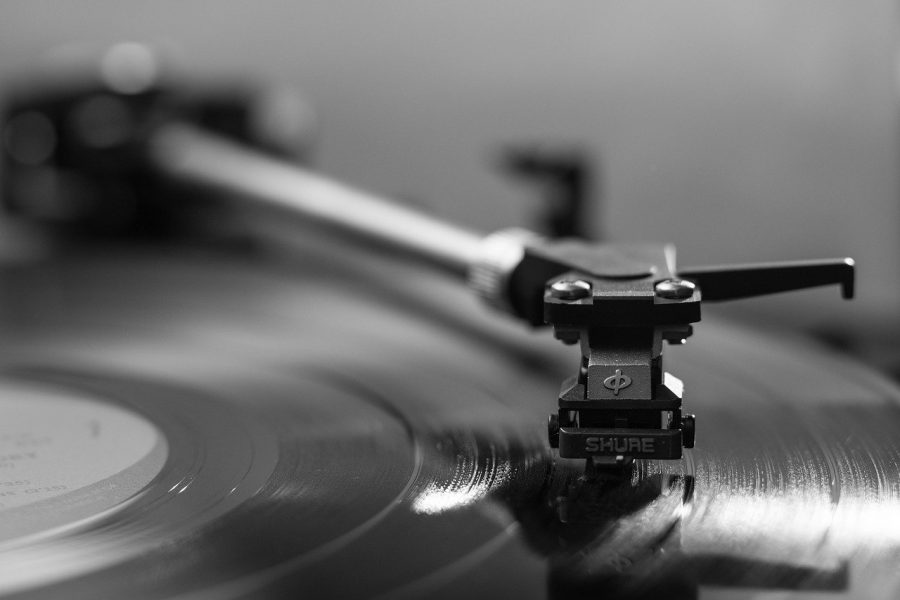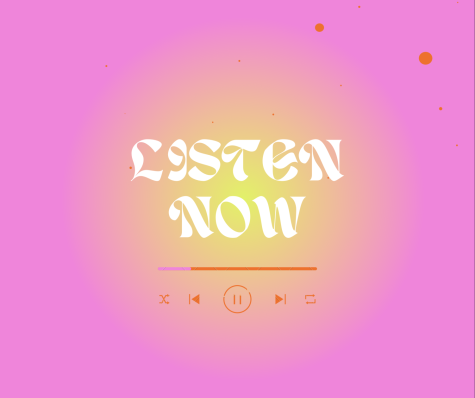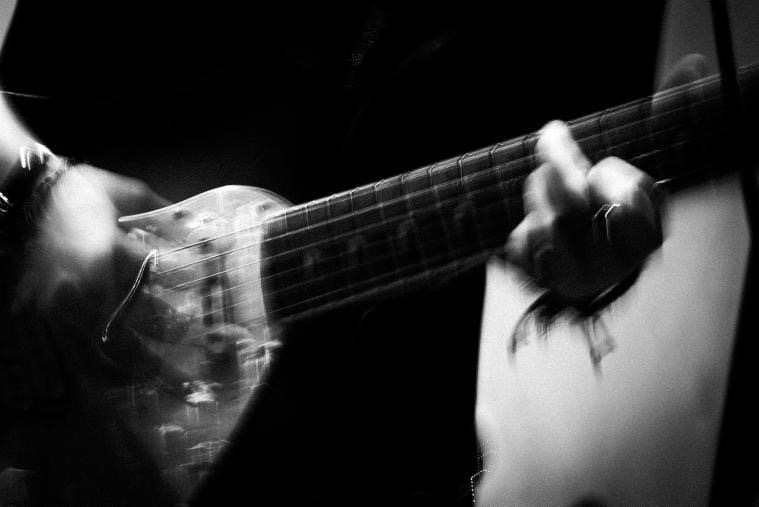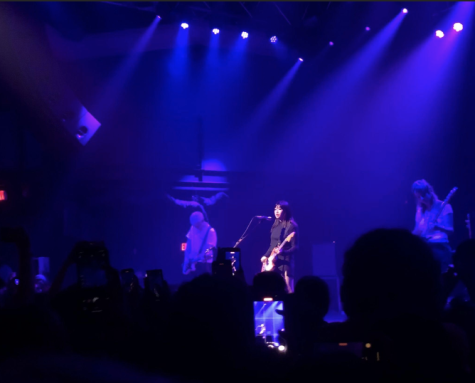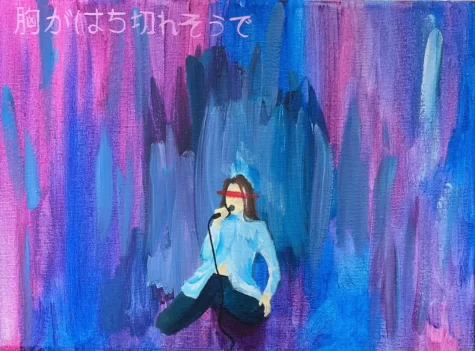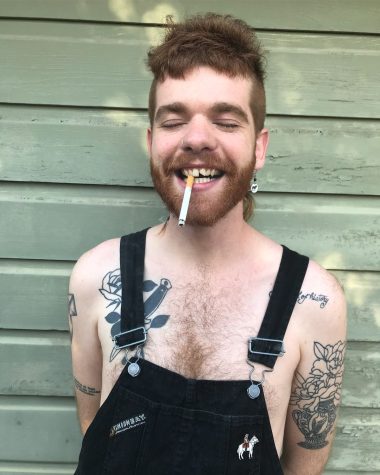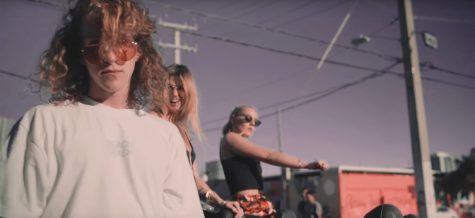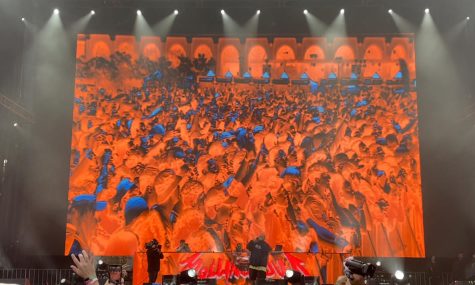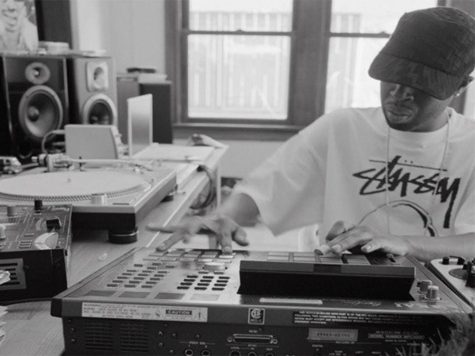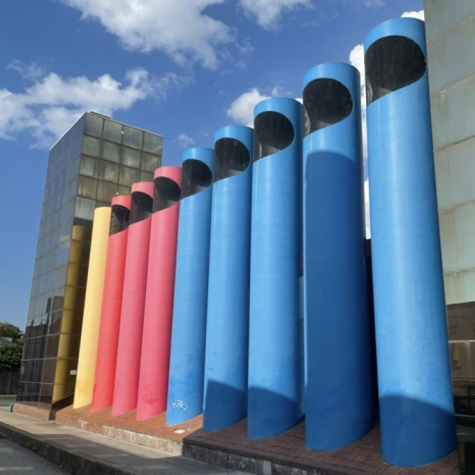The Social Dig: Lo-Fi Appreciation
December 2, 2019
There is nothing new under the sun; lo-fi musicians included. I implore listeners to appreciate the lo-fi as a technique as opposed to a sub-genre. This allows for a plethora of artists to comfortably sit in the category: Nujabes, Flying Lotus, J-Dilla, Wun Two and more. Or think about the largely popular “chill tracks to study to” playlists that feature names like Linafornia, Coryayo, Lightfoot Beats and others.
The beginnings of this sound are difficult to pinpoint as the technique spans genres and eras in music. A notable moment in the style came when Stones Throw Recordsreleased projects from Dilla and MF Doom in the early ’00s. This highlighted a continued interest in lo-fi sounds of the Hip Hop vein that were made largely popular in the 90s. Artists like Kiefer,Sudan Archivesand Mndsgn call the label home now and their respective sounds pay homage to rawer sonics and stellar songwriting.
Again, “lo-fi” is short for low-fidelity. “During the late ’80s and early ’90s, lo-fidelity became not only a description of the recording quality of a particular album, but it also became a genre unto itself,” reads an article from allmusic. “Throughout rock & roll’s history, recordings were made cheaply and quickly, often on substandard equipment.”
The large ‘n’ heavy analog machines of yesteryear were difficult to use. Although they are coming back into popularity, thanks in part to things like Korg Gadget app, Moogfestand Youtube tutorials from transparent producers and engineers. The sampling method made good use of vinyl turntables where sounds would be ripped from the pre-recorded project into another. These cut-n-paste tactics, known as sampling, never phased themselves out and for artists that range from Wu-Tang Clan to Sophie Meiers, this approach is what helps makes their music exemplar.
“Somebody in the background that’s making noise? That’s exactly what I’m going for. I don’t want any clean recordings.” -Clams Casino in Modern Approaches, Hip Hop: Drums and Percussion
Furthermore, this technique is also what keeps entry into music equitable and accessible. Many artists at the start of their career do not have access to state-of-the art studios or equipment. Bbymutha, an emcee from Chattanooga, TN describes her process as involving a “cellphone and a tablet”.
In an interview with Mask Magazine she said her biggest influence was Atlanta rapper Gucci Mane. “I love Gucci. Gucci inspires the f*ck out of me,” she said. “Like hell, you in jail, and you put out more work than anybody?” I’m not in jail … but I don’t have a studio. I have a cell phone and a tablet. That’s what I record my music on. If [Gucci] can make albums in jail, I can make some goddamn albums in my living room.”
Her sound starting out, much like Gucci’s, is ripe with thick vocals, loud percussive mixes and an overall crunchy mix that can rock earbuds or venue monitors. Lo-fi doesn’t mean bad, it doesn’t mean poor- it is not a shortcut in making or mixing music.
Lo-fi music is jump-off point for artists with a vision in mind. Lo-fi is the basement party where you saw your friend doing a live set off of a milkcrate or rapping/singing into the only dynamic mic available. The lo-fidelity technique is ever changing because of technology available to artists. As more voices are given platforms to express themselves and tell their story, I’m confident that the lo-fi of yesteryear won’t be anything like the lo-fi of the future.

